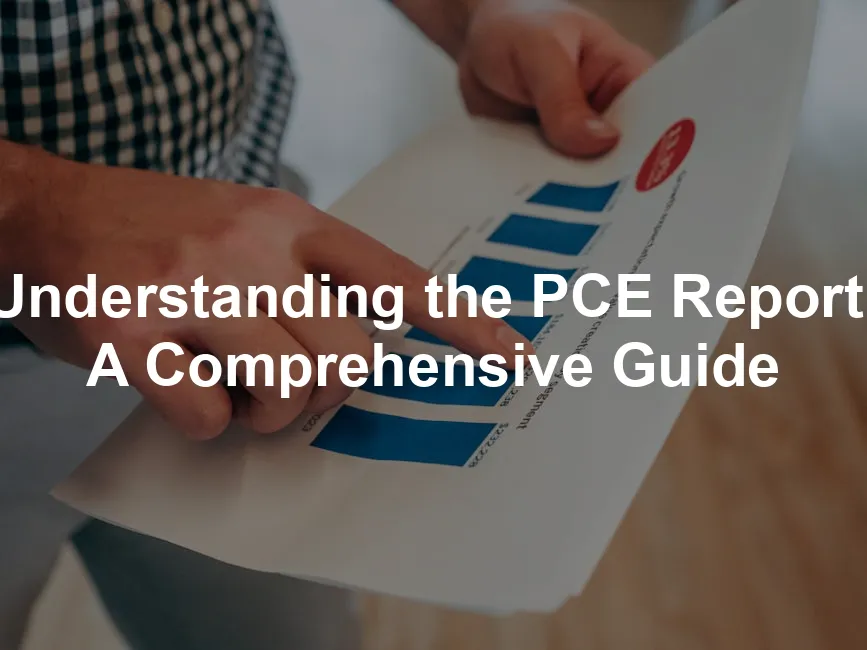Introduction
Curious about the Personal Consumption Expenditures (PCE) report? This report is vital in economic analysis. It primarily measures inflation and consumer spending, offering insights into economic health. Understanding the PCE report helps you grasp its components and implications for the economy. In this article, we’ll break down what the PCE report entails, its significance, and how it impacts our daily lives.
And speaking of understanding, if you want to dive deeper into economic concepts, check out “The Economics Book: Big Ideas Simply Explained” by Niall McCarthy. It’s like having an economic cheat sheet with you at all times!

Summary and Overview
The PCE report is a key economic indicator that tracks consumer spending in the United States. It includes data on durable goods, nondurable goods, and services. The PCE price index is particularly important, as it helps policymakers and economists gauge inflation trends. The report is released monthly, providing timely updates that reflect current economic conditions.
While the PCE report offers a broader view, it’s often compared to the Consumer Price Index (CPI). Both measures track inflation, but they differ in methodology and focus. Historically, the PCE report has evolved to become a central tool for economic forecasting, helping analysts understand shifts in consumer behavior and price trends.
Recent figures indicate that the PCE price index experienced a 2.1% increase year-over-year as of September 2024. In contrast, the core PCE, excluding food and energy, rose by 2.7%. These statistics help illustrate the ongoing dynamics of inflation and consumer spending in the U.S. If you’re feeling the pinch of inflation, consider investing in a Portable Blender for quick, healthy meals that won’t break the bank!
If you want to stay informed about economic reports, consider subscribing for updates!

What is the PCE Report?
The Personal Consumption Expenditures (PCE) report measures consumer spending in the U.S. It tracks expenditures on goods and services, providing insight into economic health. The PCE report is essential for understanding inflation and consumer behavior.
This report plays a vital role in economic indicators. It helps policymakers gauge inflation trends and adjust monetary policy accordingly. Consumer spending constitutes about two-thirds of the U.S. GDP, making the PCE report crucial for economic analysis.
The Bureau of Economic Analysis (BEA) compiles the PCE report. It gathers data from various sources, such as surveys of businesses and households. This collection method ensures a comprehensive view of consumer expenditures. By analyzing this data, economists can better understand spending habits and predict future trends. The PCE report is released monthly, offering timely updates on economic conditions.
And for those who want to explore economic theories further, grab a copy of “The Invisible Hand: Economic Theory in a Nutshell” by Adam Smith. It’s a classic that will leave you pondering your place in the economy!
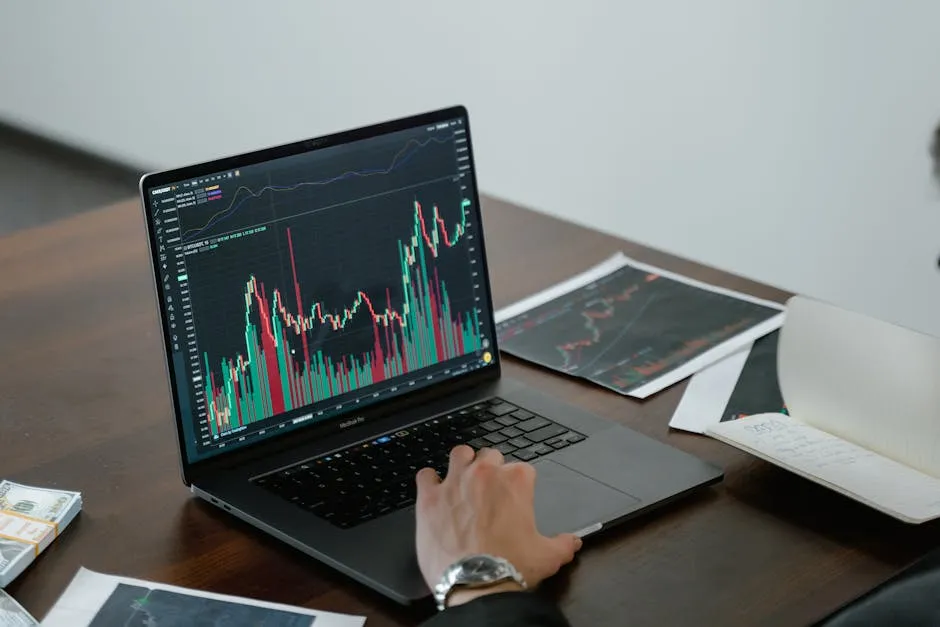
Components of the PCE Report
The PCE report consists of three main components: consumer spending, personal income, and the price index. It provides a detailed breakdown of consumer spending across various categories. These include durable goods, nondurable goods, and services.
Durable goods are items that last longer than three years, like cars and appliances. Nondurable goods are those with a shorter lifespan, such as food and clothing. Services cover a wide range of sectors, including healthcare and education. Each category contributes to understanding consumer behavior and economic trends.
The report also distinguishes between headline PCE and core PCE. Headline PCE includes all items, while core PCE excludes food and energy prices. This distinction is essential because food and energy prices are often volatile and can skew inflation metrics. By focusing on core PCE, analysts gain a clearer picture of underlying inflation trends.
As of the latest data, consumer spending on durable goods accounts for approximately 12% of total PCE. Nondurable goods make up about 30%, while services represent the largest share at around 58%. Understanding these components helps economists and policymakers make informed decisions. And if you’re looking to invest in durable goods, consider enhancing your home with an Ergonomic Office Chair for comfort while you work!

Importance of the PCE Price Index
Why does the Federal Reserve favor the PCE price index over other measures? It’s simple: the PCE index provides a comprehensive view of consumer spending patterns and inflation. Unlike the Consumer Price Index (CPI), which focuses on a fixed basket of goods, the PCE adapts to reflect changes in consumer behavior. This flexibility allows it to capture more accurate inflation trends.
The Fed uses the PCE index to inform its monetary policy. When inflation readings rise, the Fed may adjust interest rates to stabilize the economy. For instance, recent PCE data showing a 2.1% increase in September indicates ongoing inflation pressures. As a result, the Fed often considers rate adjustments to align inflation with its target of 2%.
Historically, significant interest rate changes have correlated with PCE readings. For example, when the PCE surged past 2%, the Fed raised rates to cool inflation. Conversely, when PCE readings fell, the Fed often cut rates to stimulate economic growth. This cyclical relationship demonstrates the index’s influence on monetary policy decisions.
In summary, the PCE price index is critical for understanding inflation and guiding the Fed’s interest rate strategies. By focusing on how consumers spend, it enhances the Fed’s ability to respond to economic shifts effectively. And if you’re into economic literature, don’t miss out on “Capital in the Twenty-First Century” by Thomas Piketty. It’s a thought-provoking read on wealth distribution!
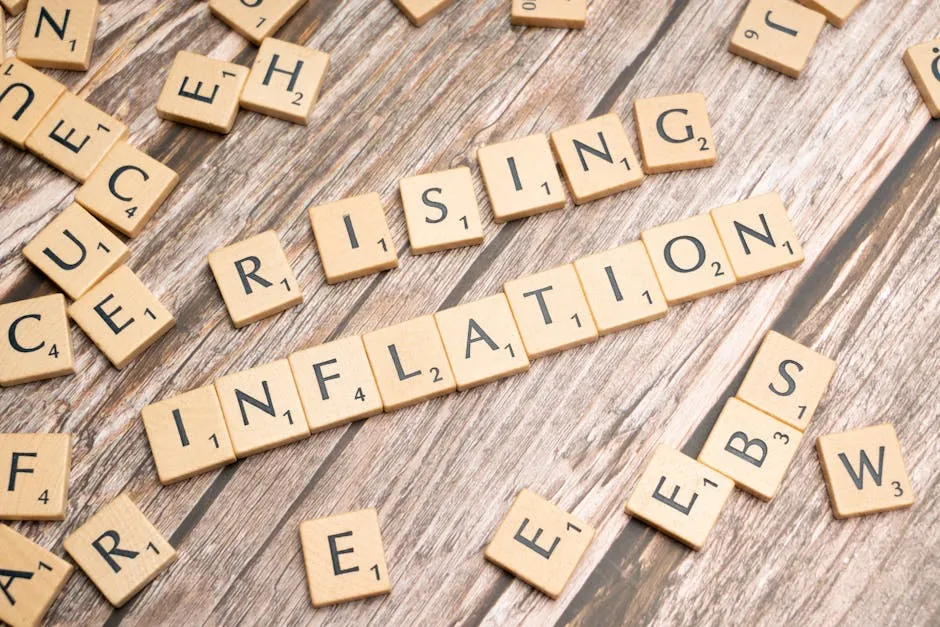
How to Interpret the PCE Report
Interpreting the Personal Consumption Expenditures (PCE) report can seem daunting at first. However, breaking it down into key indicators makes it easier. The PCE report includes vital data like consumer spending, personal income, and inflation rates. Analysts and consumers alike should focus on the headline PCE and core PCE figures. The headline PCE includes all items, while core PCE excludes food and energy prices, providing a clearer look at underlying inflation trends.
When analyzing the PCE data, pay attention to monthly changes. For example, if the core PCE rises significantly, it may indicate persistent inflation. This information can help predict economic health and consumer behavior. Businesses, for instance, can adjust their strategies based on spending trends revealed in the report. And as you think about those strategies, consider investing in Noise-Canceling Headphones to help you focus while you work!
Policymakers also rely on this data for economic forecasting. They can use PCE trends to shape monetary policy. A notable example occurred in 2022 when rising PCE figures prompted the Federal Reserve to raise interest rates. Such decisions reflect a response to inflationary pressures indicated by the PCE data.
Historical data reinforces the relevance of the PCE report. For instance, during periods of economic uncertainty, shifts in PCE have guided significant policy adjustments. By watching these indicators closely, you can gain insights into market predictions and economic stability. Understanding the PCE report equips you to make informed decisions, whether you’re a consumer, business owner, or policymaker.
Stay informed and utilize the PCE report as a valuable resource for navigating the economic landscape. And if you’re seeking a good read to accompany those insights, consider “Freakonomics: A Rogue Economist Explores the Hidden Side of Everything” by Steven D. Levitt. It’s full of surprising economic insights!
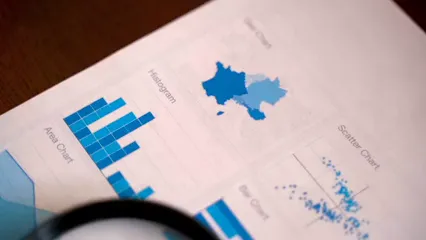
Challenges and Criticisms of the PCE Report
While the PCE report is a key economic indicator, it is not without its challenges and criticisms. One common concern is the method of data collection. Critics argue that the PCE may not accurately represent all consumer experiences. This can arise from its reliance on surveys and estimations, which can lead to discrepancies.
Another criticism involves its comparison to other indices, like the Consumer Price Index (CPI). The CPI often reflects more immediate price changes that consumers face. In contrast, the PCE may lag in representing current economic conditions. This can create confusion when policymakers make decisions based on potentially outdated data.
Data accuracy is also a pressing issue. In the past, revisions to PCE figures have sparked debates about their reliability. For example, major discrepancies in reported inflation rates have led to a reevaluation of economic strategies. Such inaccuracies highlight the importance of scrutinizing the PCE data before drawing conclusions.
Despite these challenges, the PCE report remains a crucial tool. Its ability to capture consumer spending patterns offers valuable insights into inflation and economic health. However, it’s essential to consider its limitations. Balancing PCE data with other economic indicators can provide a more comprehensive view of the economy. And while you’re at it, why not enhance your home office with some Home Office Supplies? They can make a big difference in your productivity!

In conclusion, while the PCE report is instrumental in understanding economic trends, caution should be exercised. Awareness of its criticisms helps consumers and policymakers make informed decisions based on a broader economic context.
Conclusion
In summary, the PCE report is essential for understanding economic trends. It tracks consumer spending and inflation, offering insights into the U.S. economy’s health. By monitoring the PCE price index, policymakers can make informed decisions regarding monetary policy and interest rates. The recent data indicates a 2.1% year-over-year increase, highlighting ongoing inflation pressures. Staying informed about future PCE releases is crucial, as they can significantly impact economic forecasts and personal financial decisions. And for those late-night coffee runs, consider investing in a Coffee Maker to fuel your economic explorations!
Make sure to subscribe for updates on upcoming PCE reports and insights into their implications for you and the broader economy!
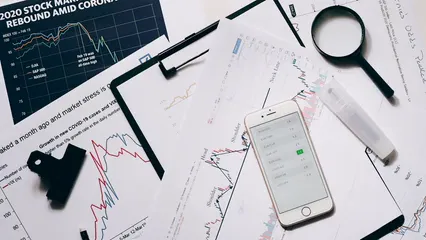
FAQs
What is the main purpose of the PCE report?
The PCE report measures inflation and consumer spending. It helps analysts understand overall economic health and consumer behavior.
How does the PCE price index differ from the CPI?
The PCE price index reflects broader spending patterns, while the CPI focuses on a fixed basket of goods. This means the PCE adapts to changes in consumer habits.
Why does the Federal Reserve prioritize the PCE price index?
The PCE aligns with the Fed’s goals for monetary policy. It provides a comprehensive view of inflation, crucial for making interest rate decisions.
What can individuals learn from the PCE report?
Consumers can use PCE data to gauge inflation trends and adjust their spending habits accordingly.
How often is the PCE report released?
The PCE report is released monthly, with the next update expected on November 27, 2024.
Please let us know what you think about our content by leaving a comment down below!
Thank you for reading till here 🙂
All images from Pexels

